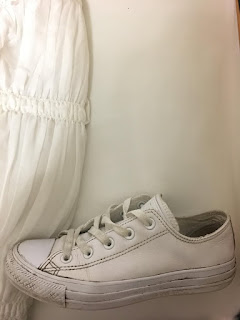Ways of Seeing
John Berger makes some very interesting points in his book, Ways of Seeing, about what is associated with seeing and the way in which we see things is a matter of one's knowledge and experiences. He also points out that many images have been changed in order to represent something different than the original meaning.
I've never thought about the relationship between what we say and what we see. Berger explains that, "seeing comes before words" and uses the example that children have the ability to identify and know something by sight, before they are able to express anything verbally. The instant a baby is born they are able to observe the world around them and recognize the voice of their mother, but cannot verbal express any of their emotions. Additionally, Berger explains how a person's knowledge and beliefs affects the way in which they see and describe an image. In modern times and in much simpler terms, I relate this to the numerous meanings a single emoji can portray because of the different experiences and connections people make to a particular image.
Berger discusses the impact the invention of the camera had on the perspective which people viewed images. The camera showed the idea of "time passing" and that "what you saw depended upon where you were when" (18). Unlike paintings, which portrayed that the viewer of the painting was the main focus of image, camera revealed that this notion isn't true, but instead there is continuous change being depicted. Berger makes a powerful point about how the meaning of distinctive paintings completely changed with the introduction of cameras. The camera is able to reproduce a single image allowing it to be seen on millions of tv sets, household walls, apparel, basically just about anything, and "it is no longer what its image shows that strikes one as unique; its first meaning is no longer to be found in what it says, but in what it is" (21). It is interesting to think about what art would be like without the creation of cameras.
 |
| Elizabeth II by Arnold Machin is the most reproduced piece of art in the world. |



Comments
Post a Comment